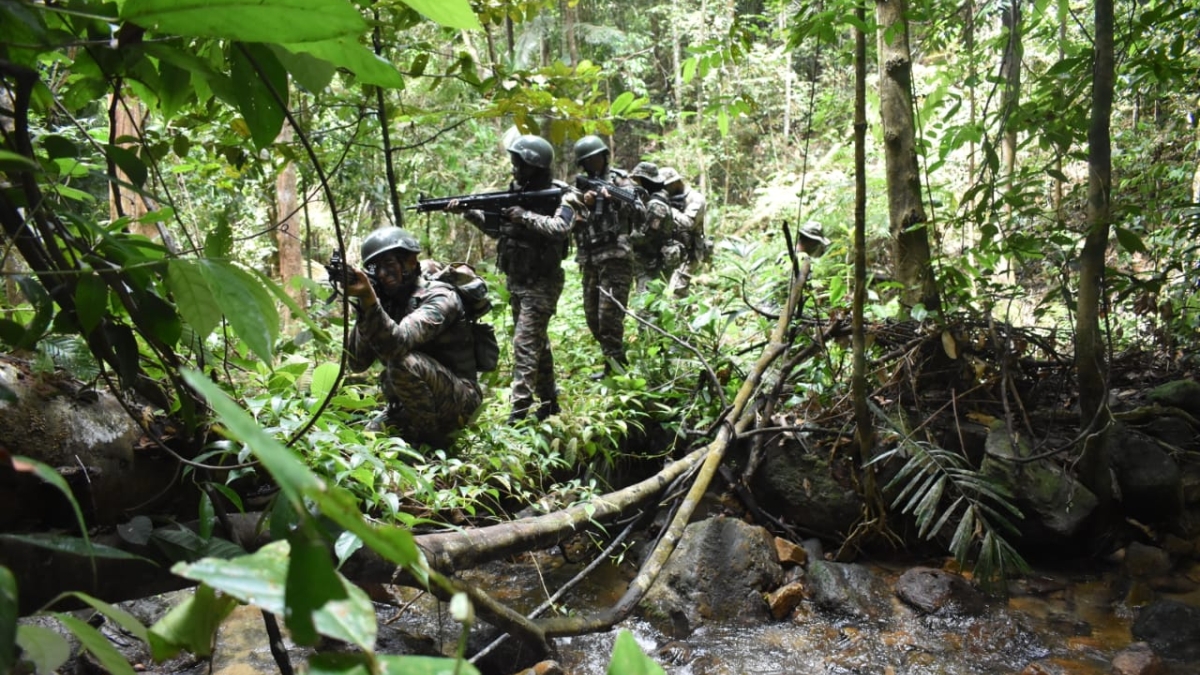September 18, 2025 marks nine years since the deadly terror attack in Uri that claimed the lives of 19 Indian soldiers. were killed in an assault on an Army base close to the Line of Control, questions remain about the accountability of Lashkar-e-Taiba (LeT) operatives and their handlers. Indian investigative agencies have repeatedly presented evidence that LeT was responsible for the attack. While India has changed its strategic response to cross-border terrorism since Uri, many contend that Pakistan must shore up protections for LeT’s leadership and networks.
The Uri episode helped reshape India’s counter-terror doctrine into one that emphasises direct, punitive responses. But even after years of diplomatic pressure, operations, and legal action, LeT’s leadership continues to escape full exposure or prosecution—raising questions about whether documented evidence is sufficient to overcome structural impunity.
What evidence has India presented in linking LeT to the Uri attack?
India’s National Investigation Agency (NIA) has publicly asserted that the Uri attack was carried out by LeT operatives. According to NIA and Army statements, evidence from GPS sets recovered from the attackers matched launch-pads known to be under LeT control in Pakistan. Posters in Gujranwala purportedly claiming responsibility on behalf of LeT—including naming a fighter, Abu Saraqa, believed to have died during the assault—surfaced in October 2016. The NIA clarified that while Jaish-e-Mohammed was originally suspected, subsequent data—including matrix sheets from past LeT operations and Pakistani markings noted on materials found with the attackers—pointed more strongly to LeT.
Has LeT’s leadership faced accountability despite the evidence?
While India has repeatedly made its case to domestic and international audiences, accountability has been partial at best. Hafiz Saeed, the long-time LeT leader, remains a figure of controversy; although Pakistan has at times placed legal restrictions on him, critics argue these have not led to sustained or transparent prosecution. Meanwhile, other individuals allegedly linked to LeT continue to move with relative freedom inside Pakistan, in part because of lack of formal legal action or successful extradition in many cases.
India’s later operations—such as those following the 2019 Pulwama attack (Balakot airstrike) and the 2025 Operation Sindoor—also targeted camps tied to groups like LeT or their proxies. These operations reinforce India’s claim of concrete retaliation. Yet LeT as an organisation still remains active, raising funds, recruiting, and organising via networks in Pakistan; many observers believe that both overt and covert support—political, financial or organisational—persists.
What does impunity mean for regional security and India’s strategy?
The continued impunity of LeT’s leadership carries consequences beyond moral justice. It undermines deterrence, allowing militant groups to plan attacks with an expectation that, even when exposed, they will escape full accountability. For India, this means maintaining readiness to respond militarily, diplomatically, and legally in order to preserve strategic credibility.
At the same time, India has increasingly sought to marshal international pressure—for example, by submitting evidence to bodies like the United Nations in cases such as the Pahalgam terror attack. But without visible judicial outcomes against those who sponsor or shelter militant leadership, much of the threat remains unresolved.
